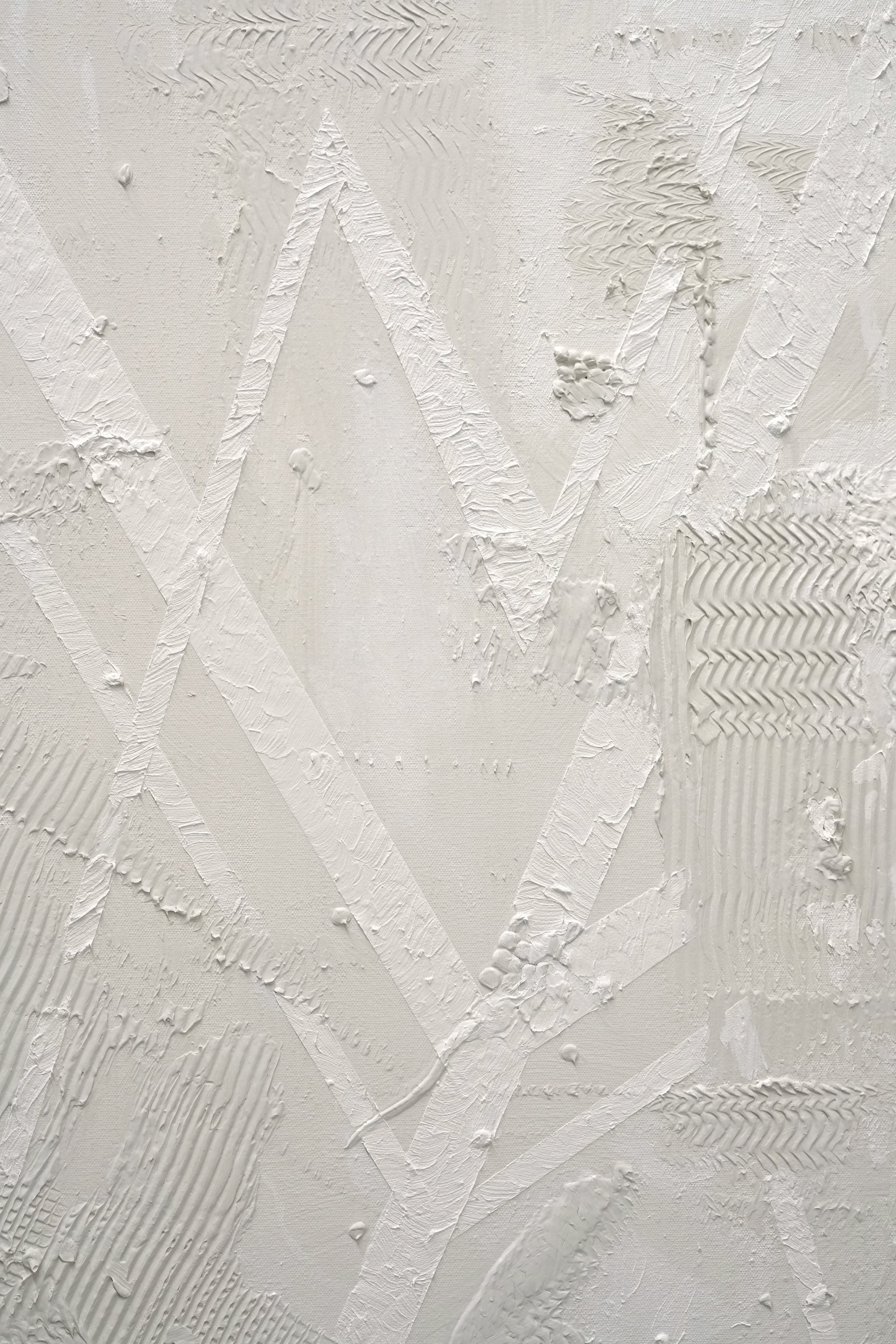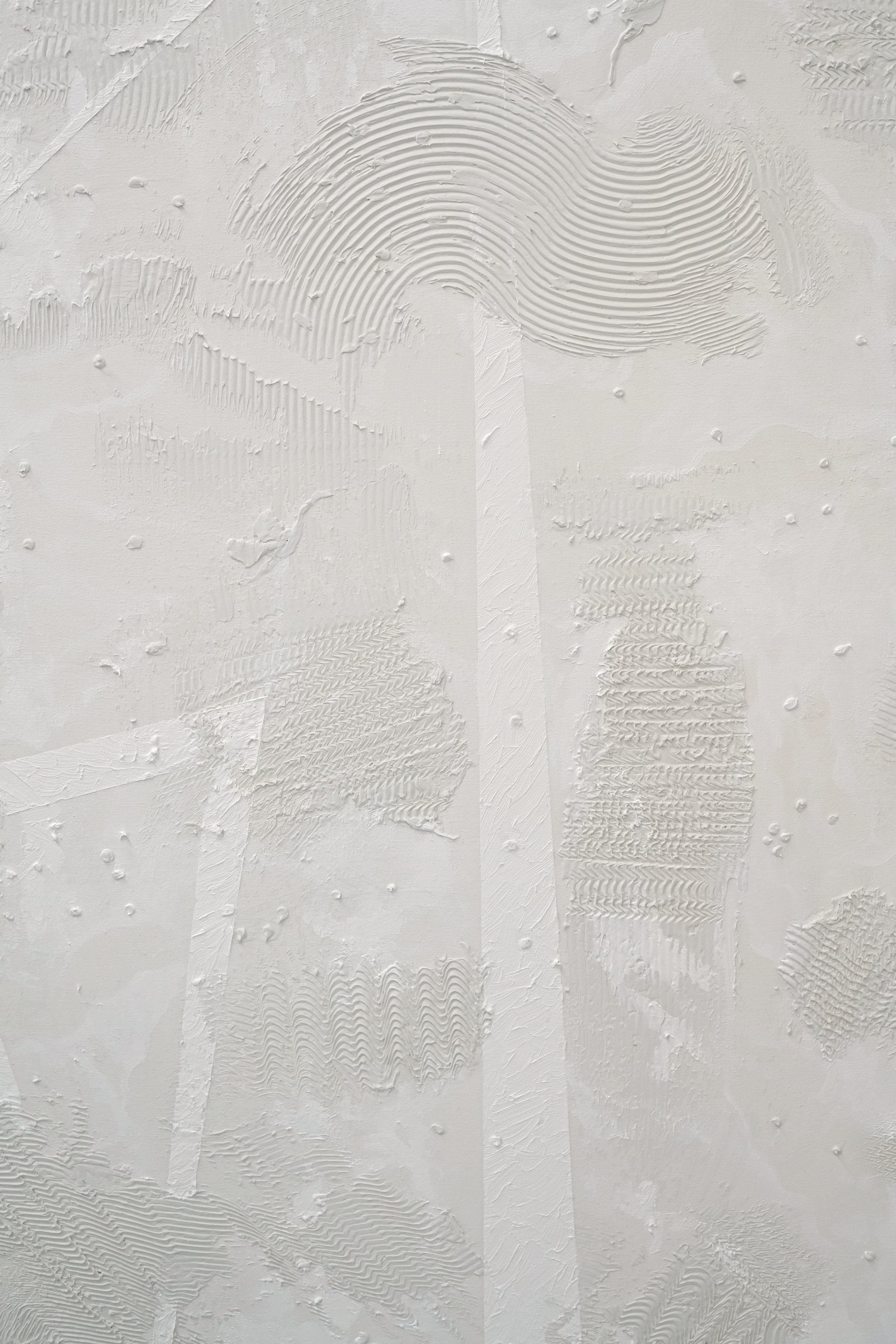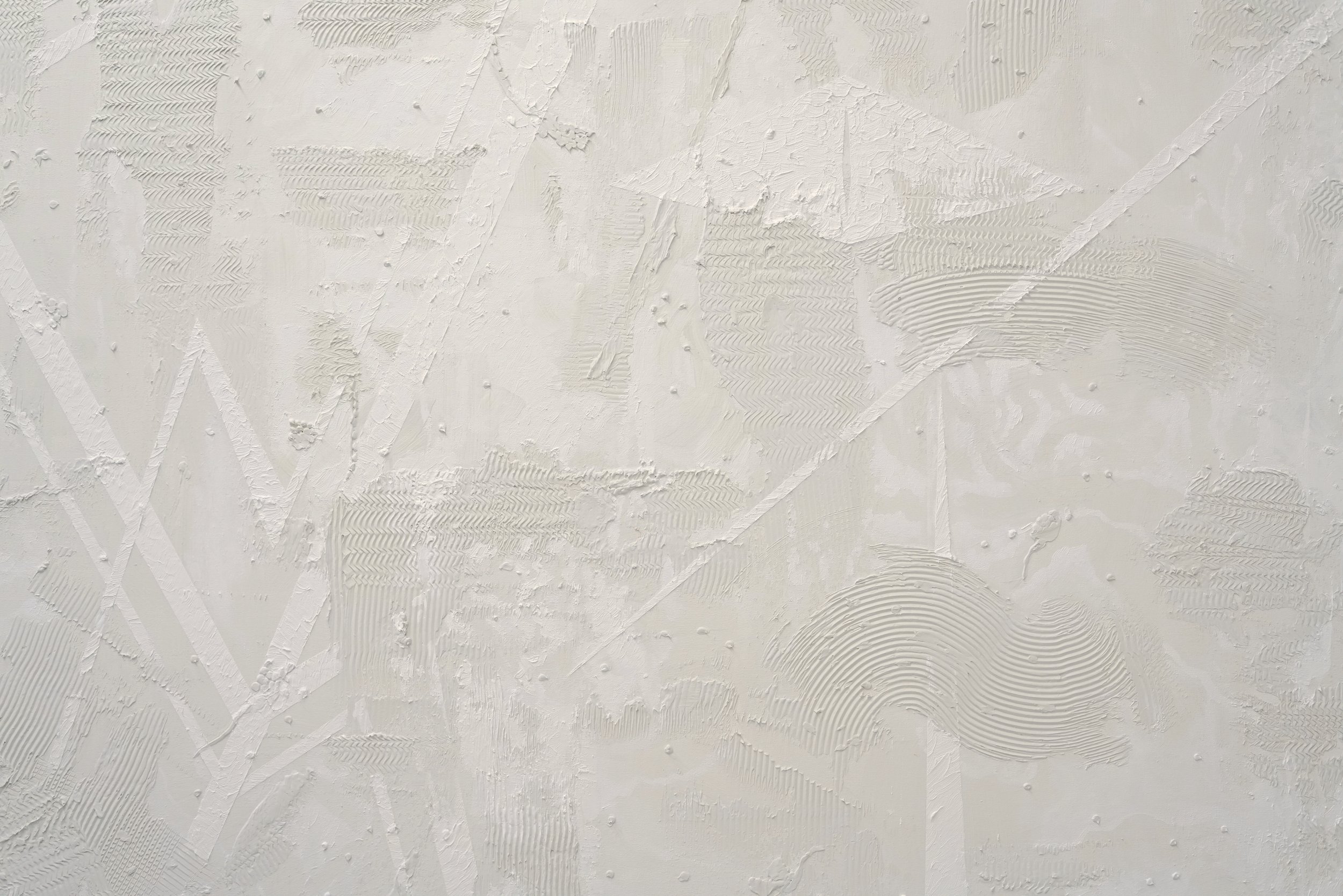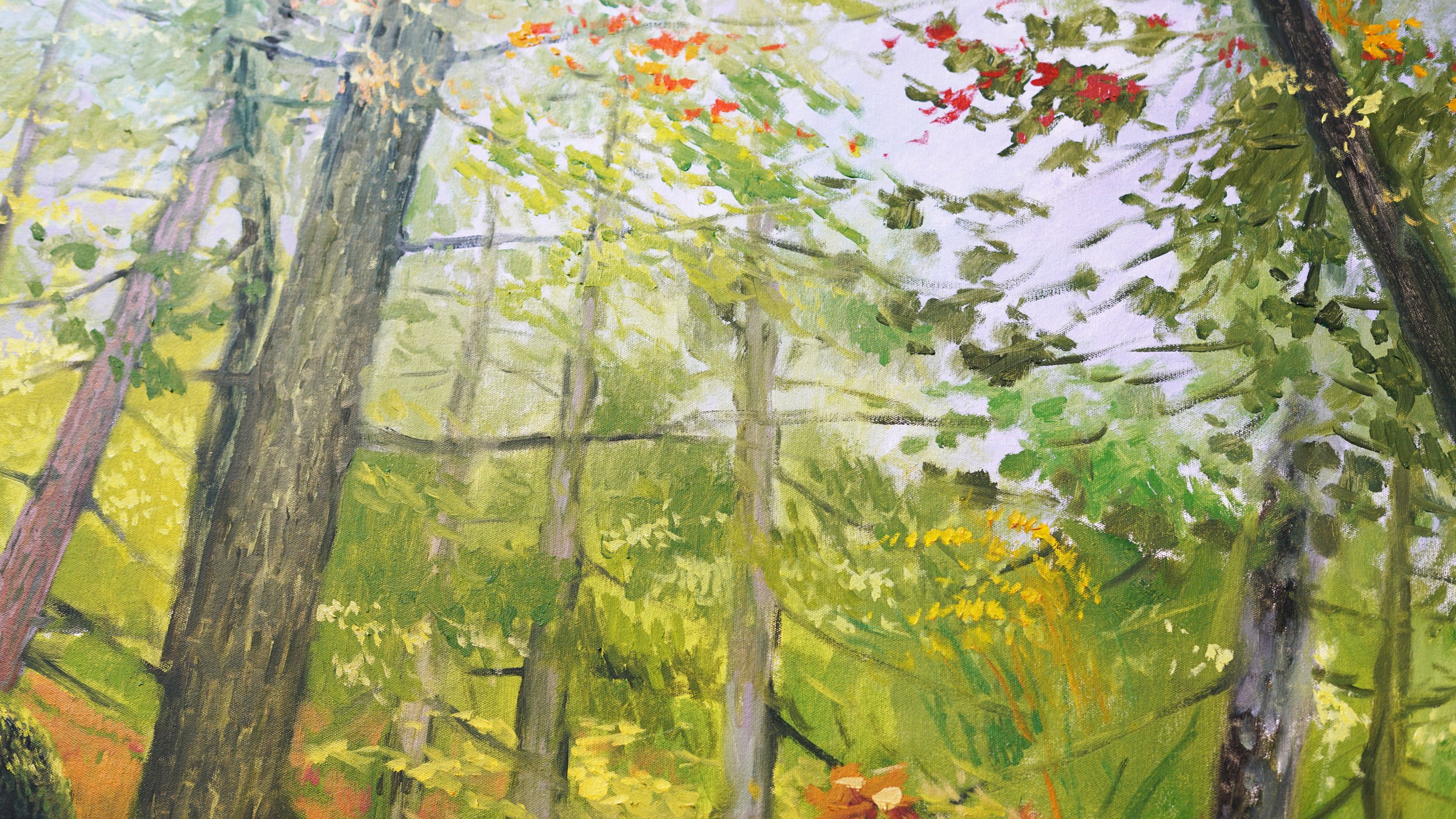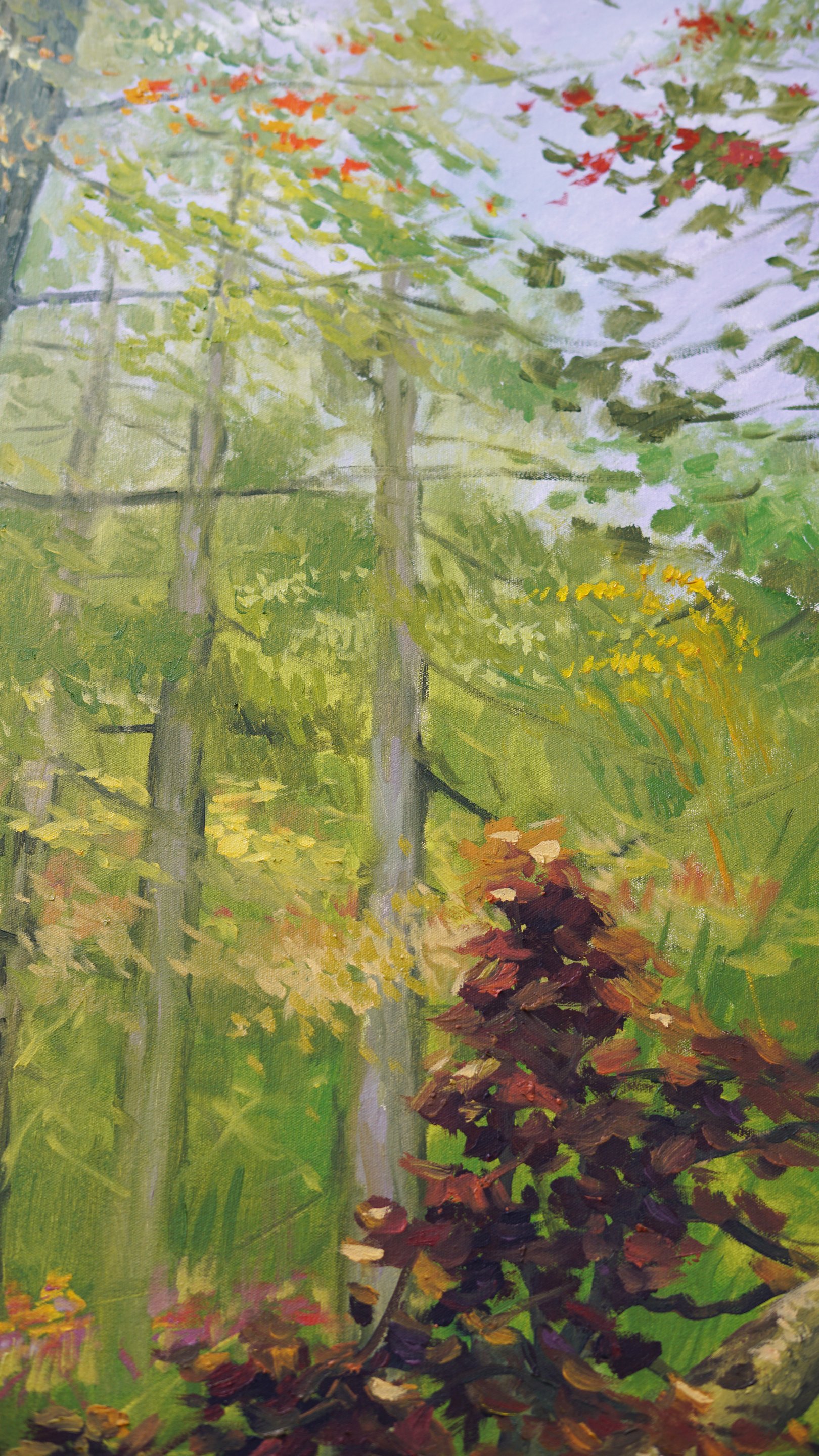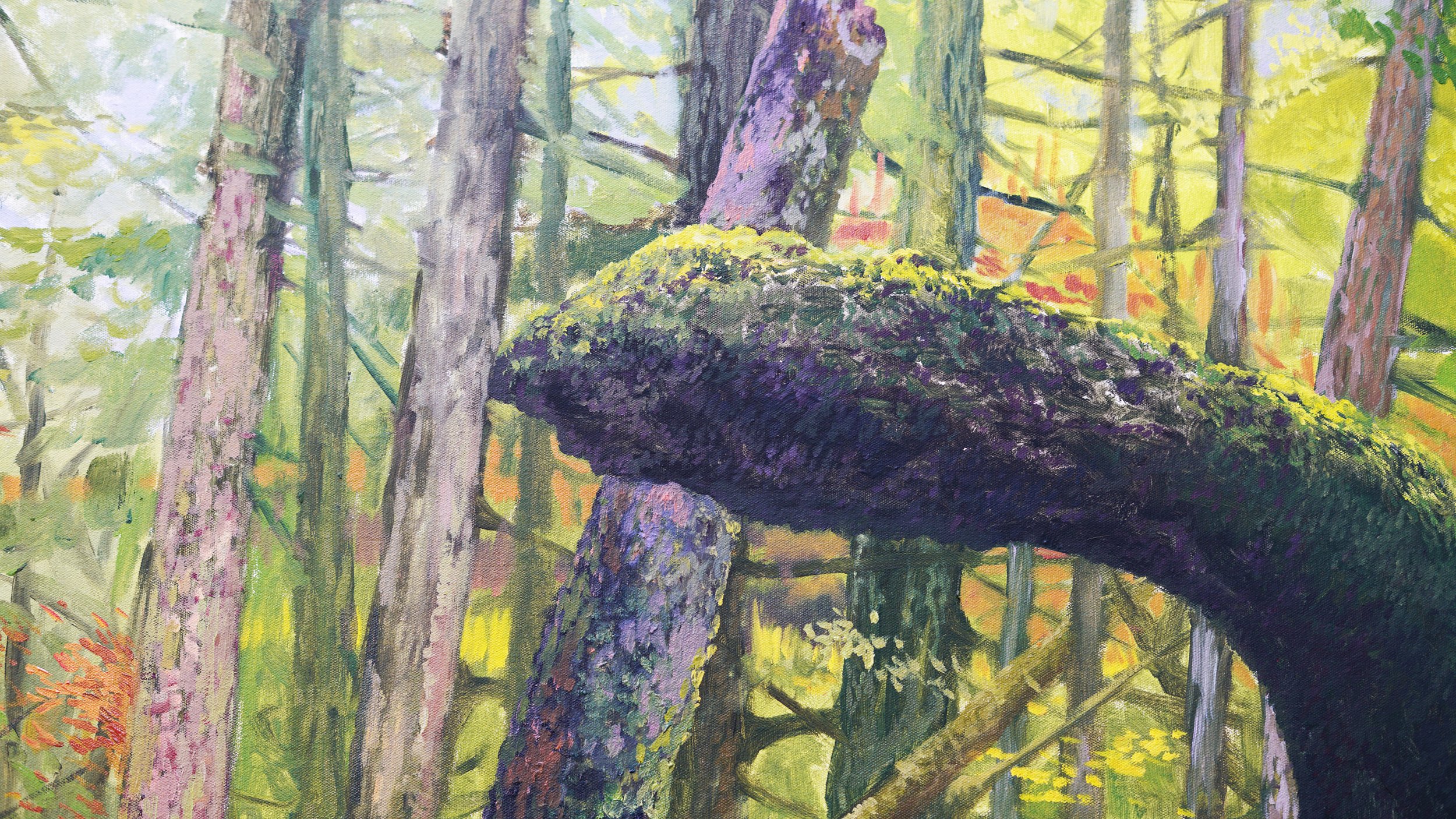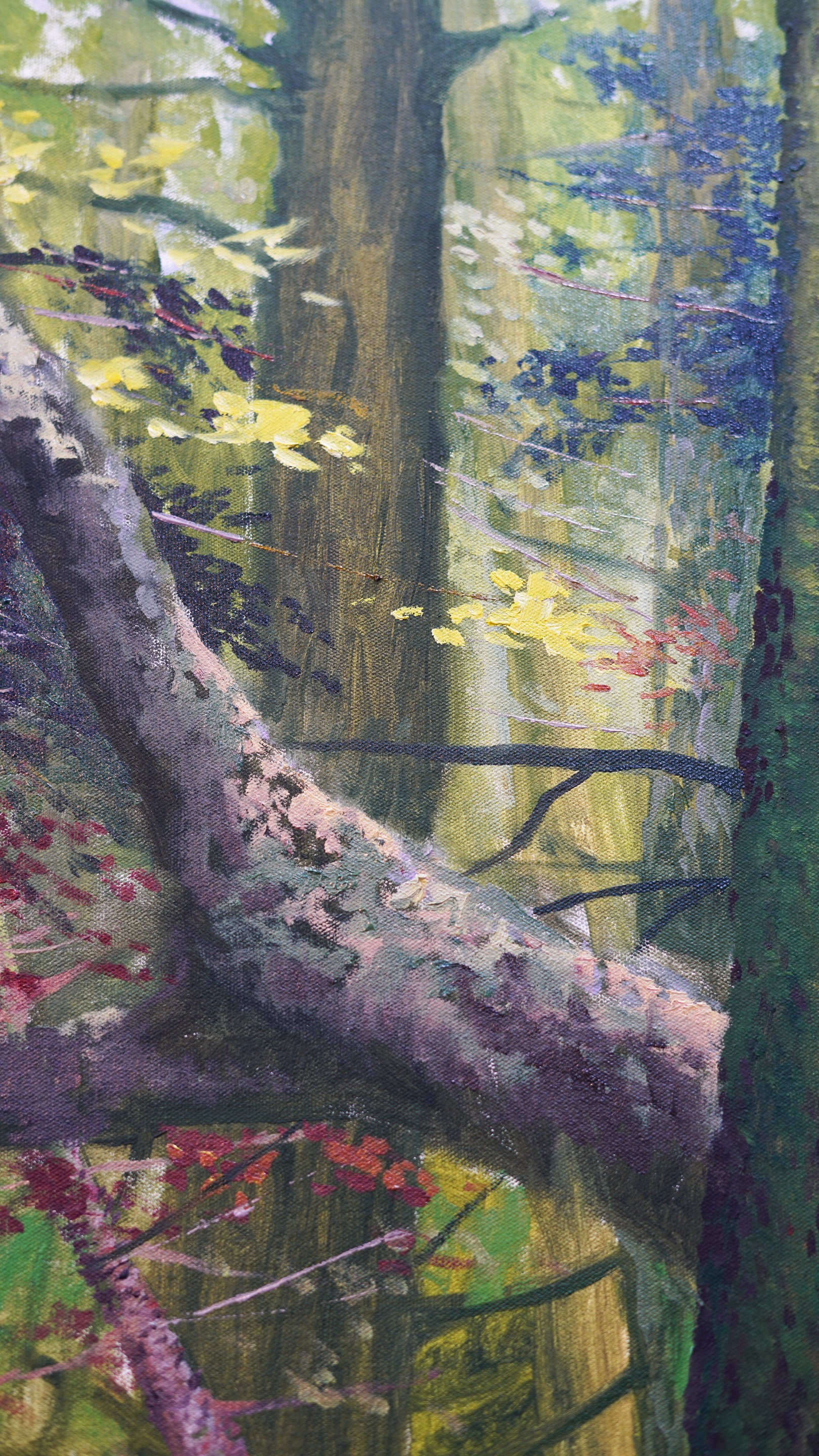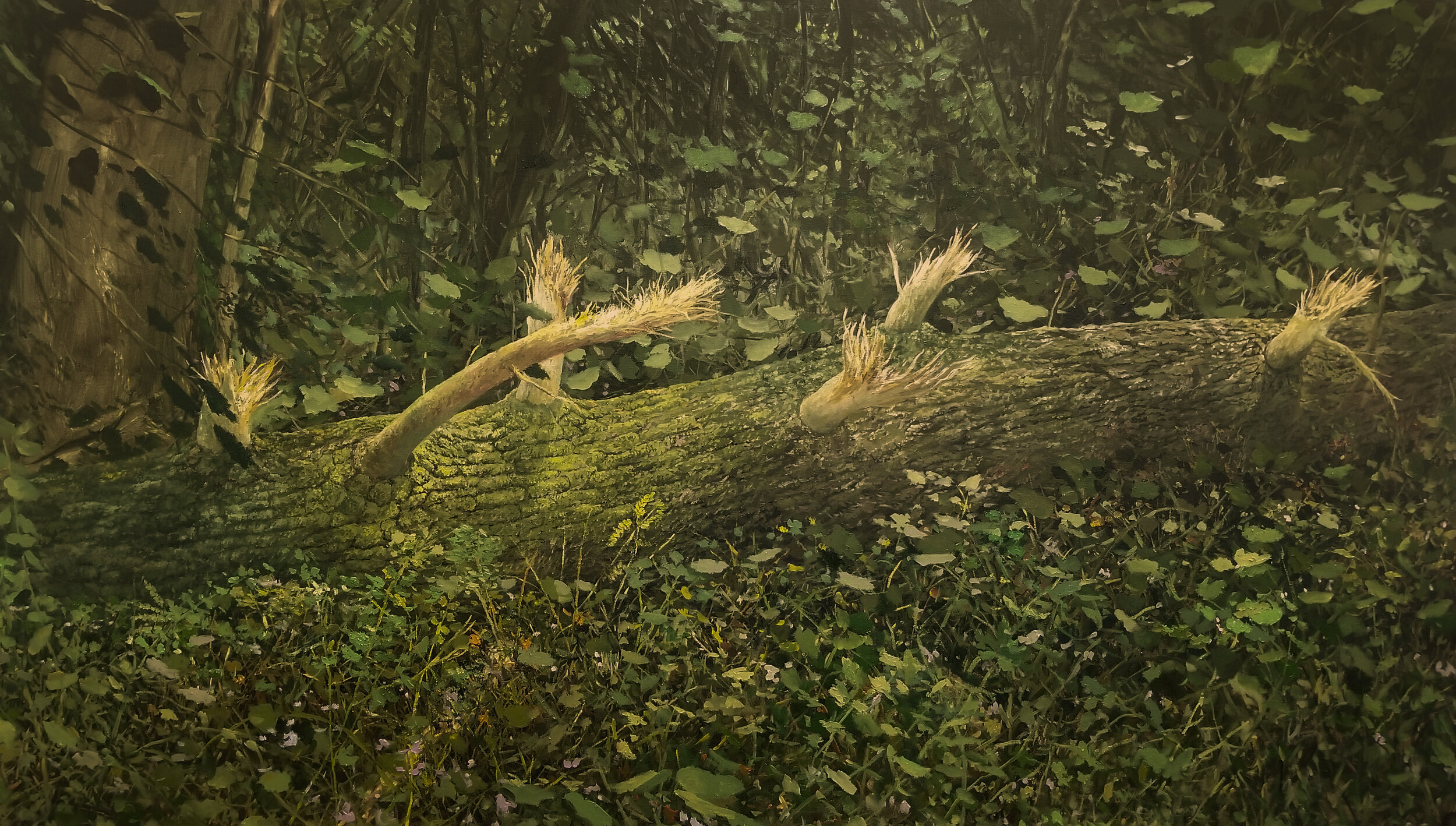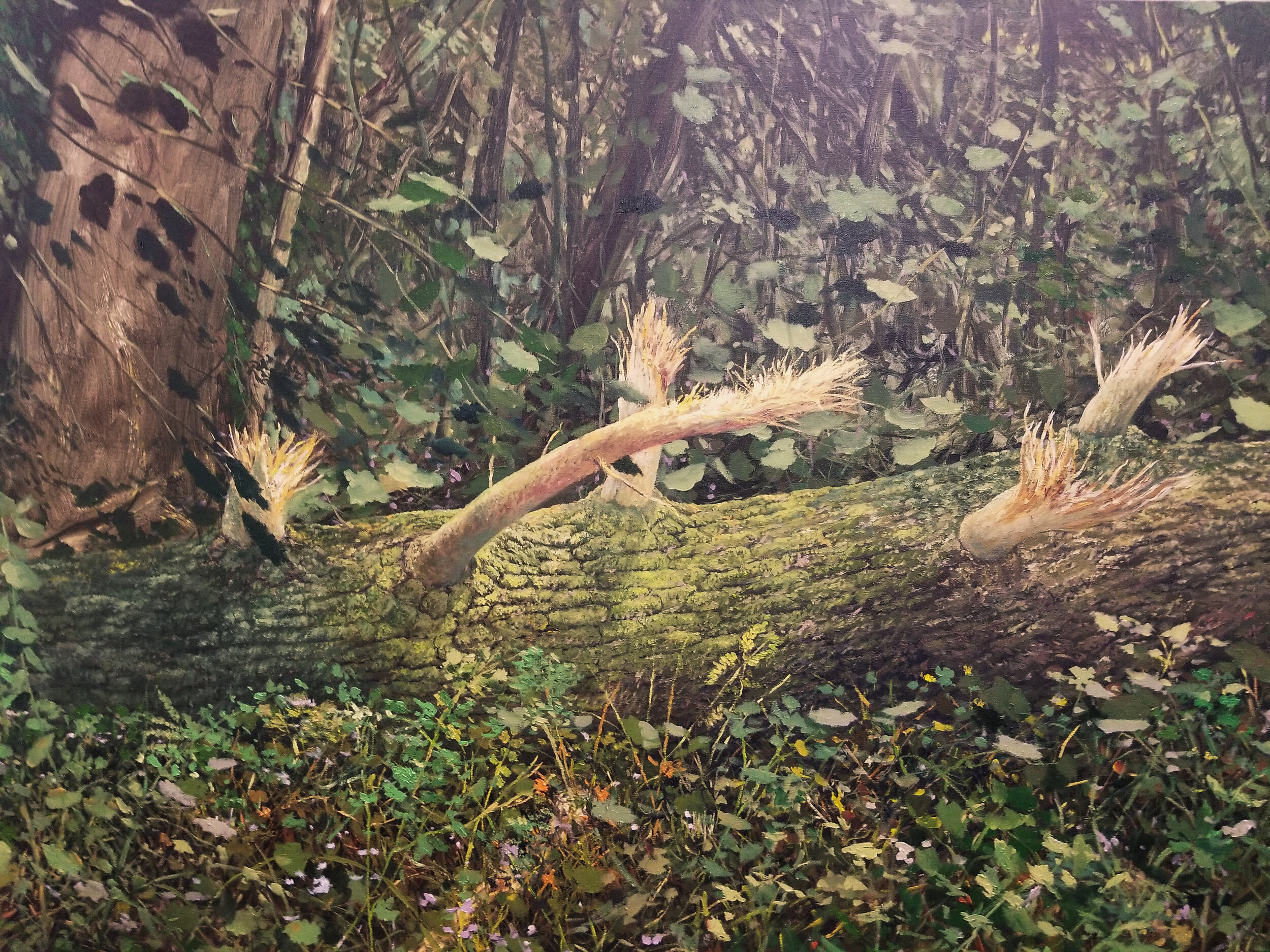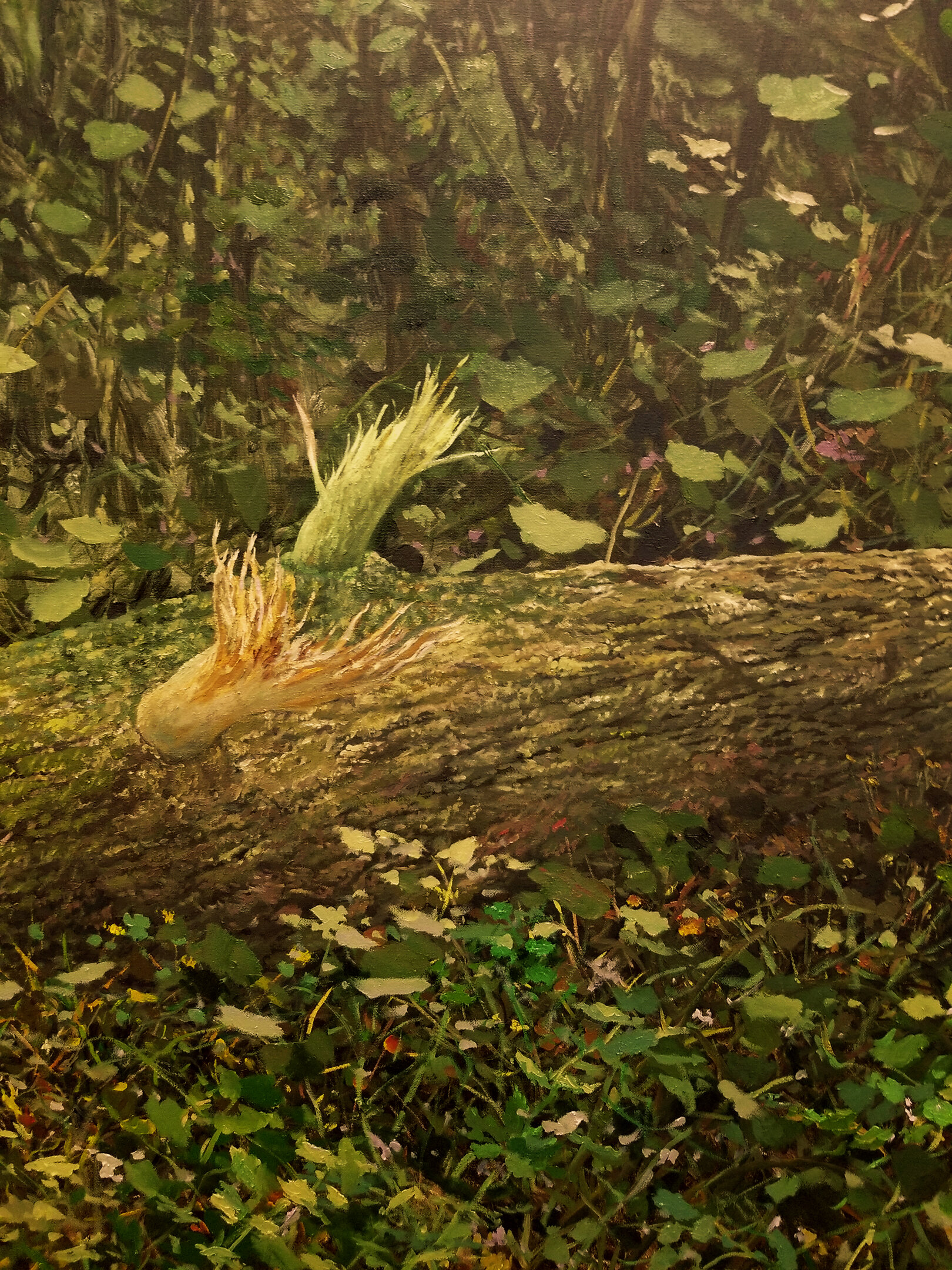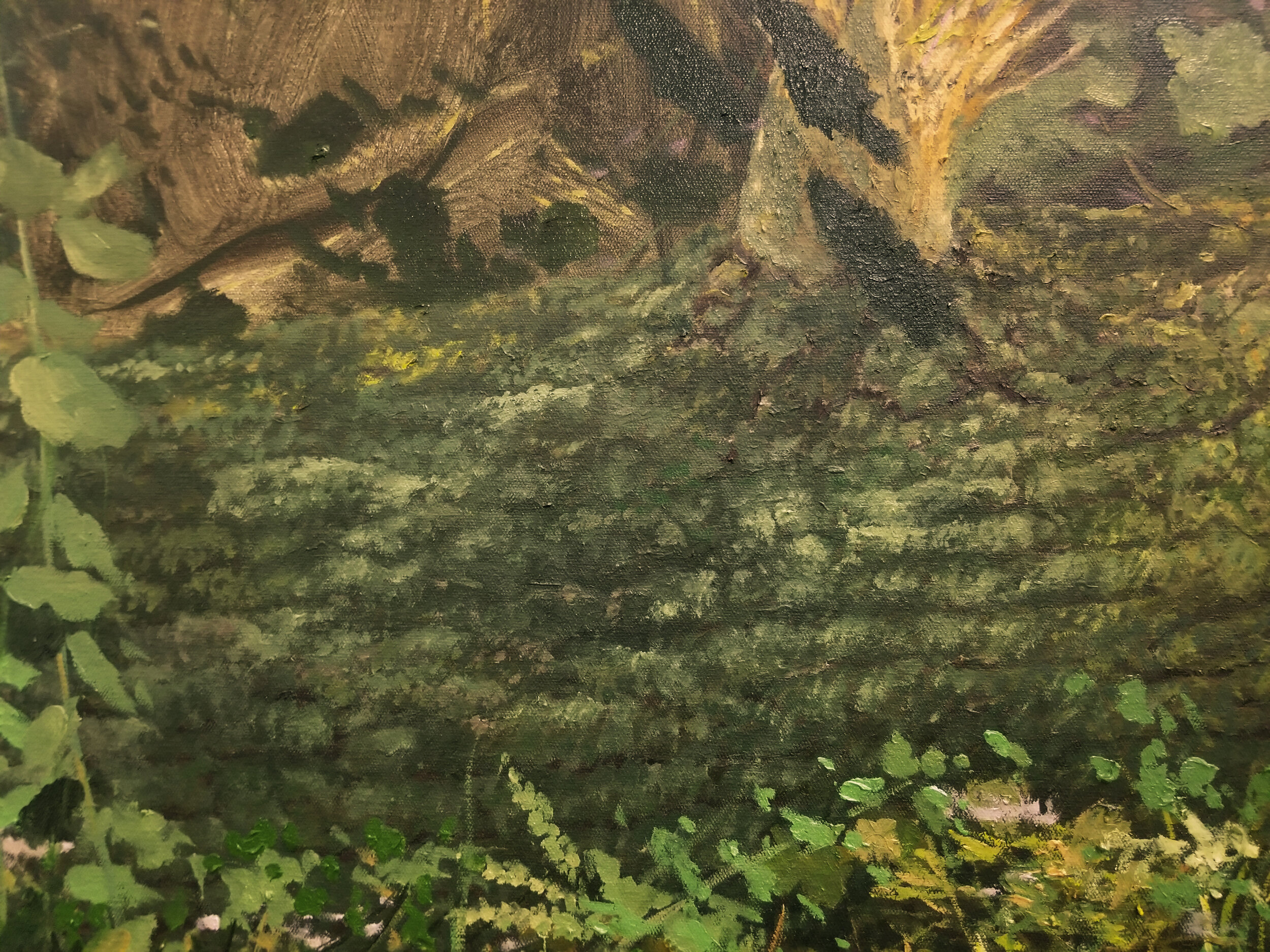From the series: Soliloquy. #.11 / 112” x 82”. Oil on canvas. 2020.
About the Memory series.
I had been casually thinking about starting a series on Memorial Statues, using the representation of the image outside the typical tradition of the visual angles of these monuments. I was moved by the idea of how these monuments construct a narrative of power and express a dimension of values that rise to the category of ideals; which at that level are accepted as immovable and unquestionable. The way in which a syntax of supernatural meaning is constructed ends up establishing an absolutely arbitrary relationship that enjoys an immunity from questioning. Currently, a number of debates have taken place around the legitimacy of many of these public representations or monuments. I started with this image of a hero of history closely related to philanthropy and a controversial love of nature, I say controversial because he has been criticized for practicing hunting. This statue and others were the subject of a national debate that took place a month after I represented it in my painting. The debate was given by issues that the media has been feeding for a long time
on xenophobia, and particularly in the case of this monument, the President is on horseback accompanied on each side by an indigenous African and an American Indian, which seen from the lens of the problem under discussion builds an image of submission.
The bronze statue of James Earle Fraser, erected in 1939, depicts former President Theodore Roosevelt on horseback, flanked by an African Indian and a Native American. The vandalism of this statue comes amid a national debate over statues dedicated to controversial historical figures sparked by protests by nationalist groups over the removal of a statue of Confederate General Robert E. Lee. in Charlottesville, Virginia.
Beyond the controversy of the figure of this general, what surprises me is how the power ignites social controversies and mobilizes the masses in a kind of exercise to break the social fabric, updating division, hatred and irrationality. resources of mass domination.


